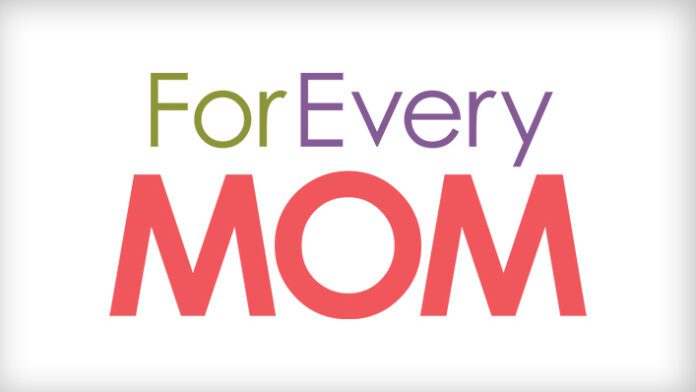With most children across the country out of school full or part time due to the pandemic, parents should be able to rest easy, knowing that school bullies won’t be lurking in the hallway or at the lunch table.
But sadly, that’s not the case. Even though youth aren’t physically at school, bullying can still happen. This year, they’ll be on the other side of a computer. A click away at all times.
While new data has yet to offer insight into just how much cyberbullying has skyrocketed, parents of children who are remote learning are feeling the pain. Now, bullying has taken a shift to much more serious topics, including masks, coronavirus, politics and social justice.
With the changes 2020 has brought, one thing has remained constant: being bullied is a traumatic experience for kids. With these strategies, parents can provide comfort and support when they need it most:
Comforting and supporting your child
1. Tell them they did the right thing.
Kids are often reluctant to report cyberbullying in fear they will lose their computer or device. Praise your child for coming to you, but resist the temptation to ban them from online access (which can also isolate your child from supportive friends online).
2. Validate their feelings.
Listen to your child, tell them you hear them and that the way they are feeling is completely understandable. Be an active participant in the conversation while also providing a shoulder to cry on.
3. Assure them it isn’t their fault.
There’s still a stigma attached to bullying that somehow a child brought it on themselves. Tell your child that under no circumstances did they choose to be targeted.
4. Remind your child that they are not alone.
Were you bullied as a child, or do you have friends or family who went through a similar situation? Articulate those stories to your child so they can see that unfortunately, they are not alone (but by no means does it make bullying right).
5. Restore their confidence.
Pick out some of your child’s best qualities and tell them how it makes them special. Above all, tell your child that they are loved, worthy and deserving of the best opportunities in life.
Putting an end to cyberbullying
1. Put the bully on block.
Work with your child to block any messages from the bully.
2. Document and save.
Collect evidence of bullying incidents by taking screenshots of hostile interactions.
3. Report the behavior to your child’s school.
If the bullying situation involves classmates, let the teacher and/or administrator know. Most schools now include cyberbullying in their school’s code of conduct.
4. Flag the incident online.
Many school-related programs and apps have a safety page for ways to report and block another user for cyberbullying. You can also report the behavior to your ISP.
5. Seek professional help if your child seems distressed or withdrawn.
Cyberbullying is a serious issue that can have extreme consequences for your child. If you notice he or she is acting differently, contact a mental health provider.


